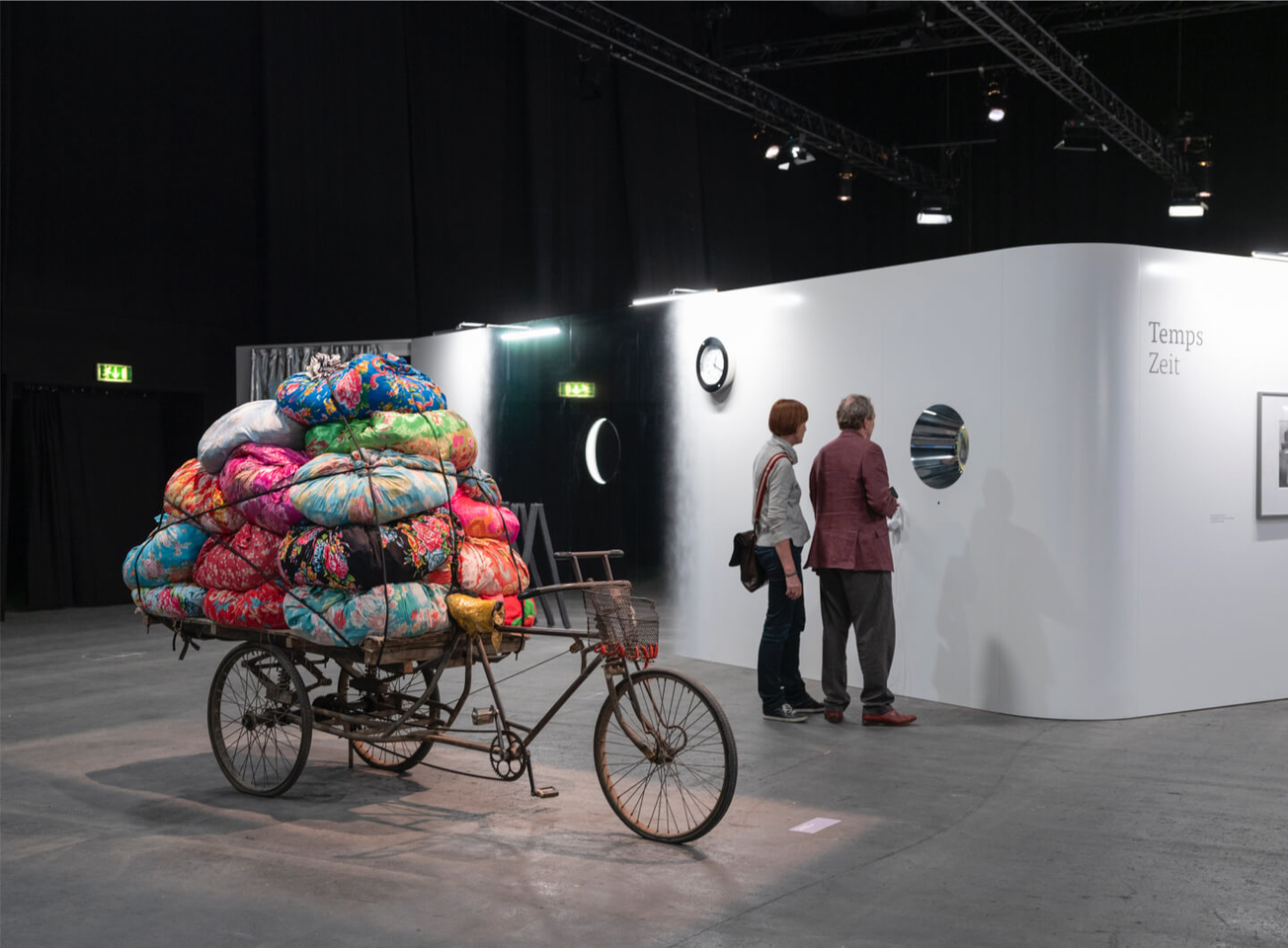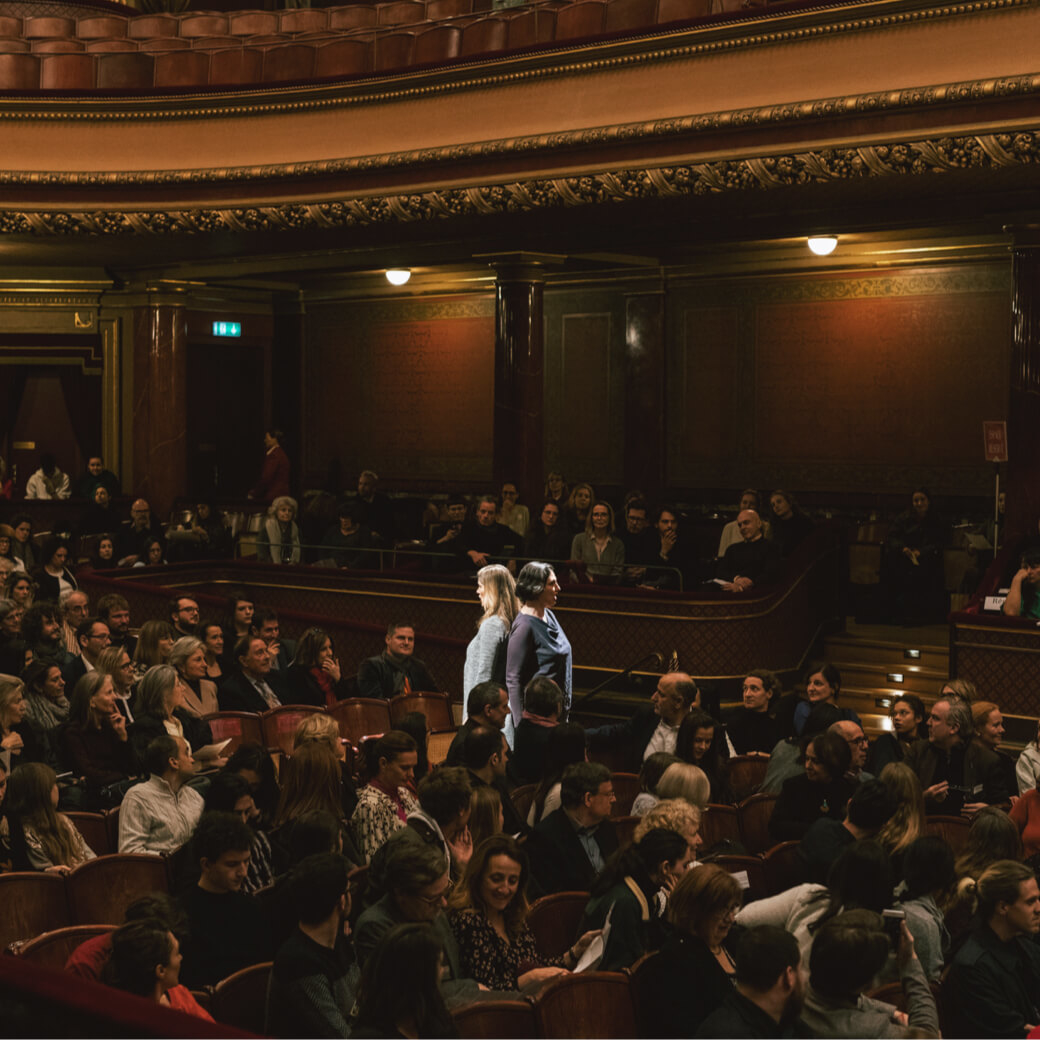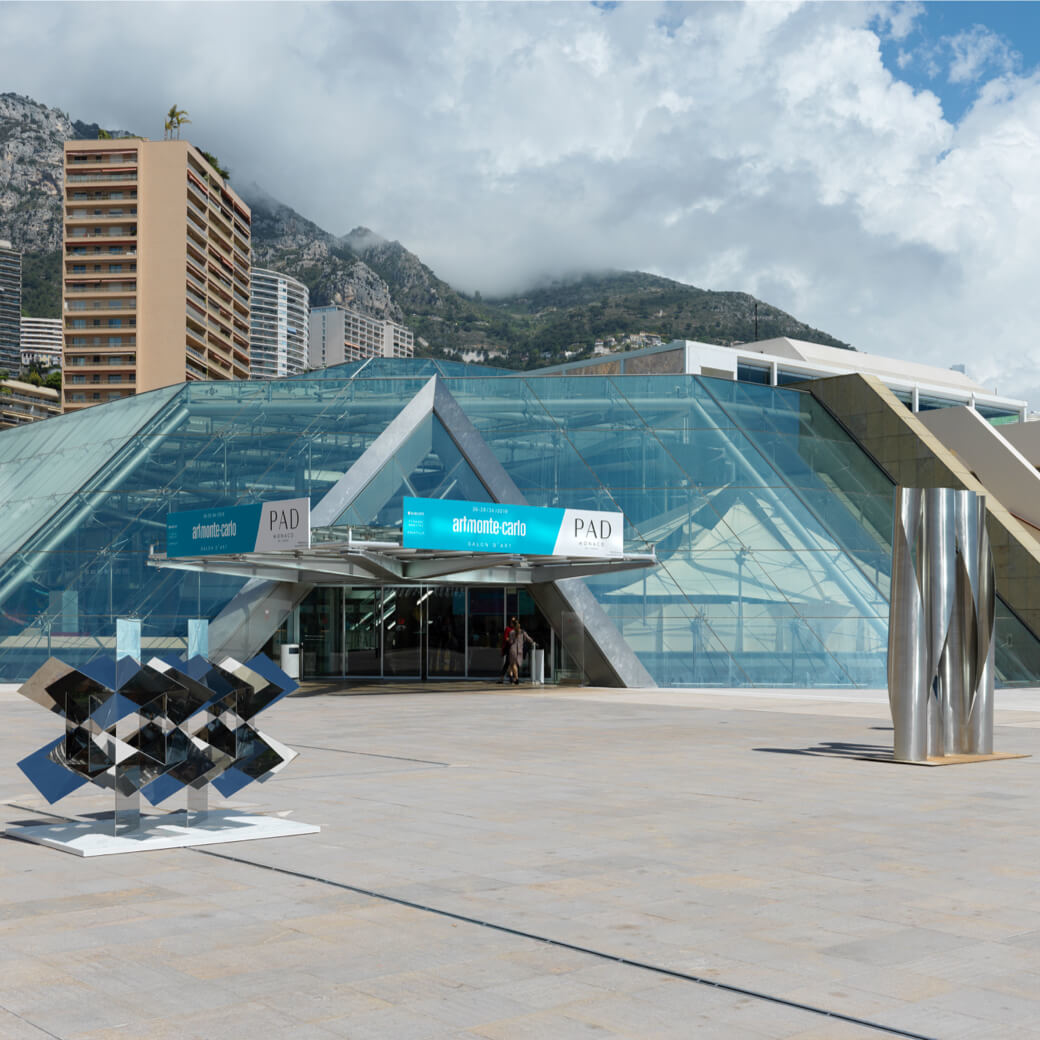
Meet Thomas Hug
Director of artgenève and artmonte-carlo

The artgenève fair
As founder and director of contemporary art fair artgenève and its subsidiary artmonte-carlo, Thomas Hug has established himself as a pillar of the international art market in recent years. As well as having a passion for art, Hug enjoys the music and gastronomic scene which he has expanded his repertoire into, creating events that cater to an endless list of interests. On the advent of artgenève's 10th anniversary, Artsper went to meet him...
1. What led you to start the artgenève adventure?
I grew up in Geneva and spent my twenties in Berlin, where I founded a gallery through which I participated in international art fairs. The decision to go back to Geneva and establish an art fair that caters to the French-speaking region became obvious after a few years of working in Berlin, after I became aware of the strong potential of Geneva and the French-speaking part of Switzerland in terms of collectors. The strength of our population's income allowing the acquisition of works of art, is truly an uncommon asset. Therefore the weight of the Swiss market appeared to me like it could cope with a second platform beyond that of Art Basel. It simply had to be complementary and of a different format. It also had to take place at a date that was the furthest away from the Basel fair, insofar as a large number of galleries participate in both fairs. We chose the end of January, a time when many visitors pass through Geneva on their way to the ski resorts. Moreover, Geneva's geographical location is strategic, easily attracting visitors from Italy, Paris, German-speaking Switzerland and of course those from the prestigious Alpine resorts. Other advantages to Geneva, such as its link to the financial and luxury sectors which could ensue possible partnerships, saw the decision to establish this new show become extremely favorable.
2. This year in 2022 marks the 10th anniversary of the show. How do you reflect upon the journey you have taken since its debut?
The uniqueness of our art fair was a distinguishing feature that dates from its inception. Indeed, we began with a singular philosophy to provide good visibility to other institutional actors of the art world beyond just to the galleries. We were able to create a real dialogue between the market and the institutional world.
At first, we grew from 25 galleries to about 80 today. As demand grew, we could have welcomed more but the control we placed on the number of galleries was deliberate. Our goal is to offer a fair of a more personal nature in contrast to the large international fairs. The most important thing for us was to grow qualitatively, and after 10 years of evolution we now welcome the world's largest galleries as well as the most prestigious institutions.
The quantity and quality of visitors have reflected this planned evolution. We have gone from some 4,000 visitors in 2012 to nearly 30,000 in 2020. At the beginning of the fair, we relied primarily on regional collectors who were of course the intended audience of the fair initially. Now we attract collectors from all over Europe. In a decade we have developed strong, long-term partnerships that are crucial to succeeding in our ambitions for the future.


The unique gastronomic and artistic experiences that run alongside artgenève
3. What has been the biggest challenge faced by artgenève since it's creation and how did you overcome it?
When the fair was first created, few people believed in this initiative. This was because of the dominant presence of Art Basel. I had to propose an exhibition with a different format. I labeled this smaller scale format an "art fair," creating a dialogue between the market world and the institutional art world.
It was also essential to find an opportune date in the calendar of major international events. With the end of January, we found this rare moment that allowed us to exist internationally, in a way unthought of before.
Secondly, the off-site events and those attached to a fair are crucial elements to which the fair owes its success. At the beginning of artgenève and within the framework of its VIP program, collectors from Geneva and the French-speaking part of Switzerland were reluctant to reveal their holdings to professionals and collectors from elsewhere. Little by little, they showed pride in this fair and became passionately involved in its development.
It was also necessary to be able to count on the full collaboration of the museums and art spaces of our region, so that they reserve their highlights for the period of the fair. Now all these forces are aligned and the fair is able to collaborate with all these key partners.
4. You are also a musician and a very good cook. Moreover, you like to bring these different creative outlets into the conversation surrounding artgenève through satellite events. Is the intersection of these different artistic fields part of the show's DNA?
Indeed, I studied classical music (musicology, piano and composition). The artgenève/music section has existed since the creation of the fair with off-site events such as musical performance evenings by contemporary artists in concert halls such as the Berlin Philharmonic or the Teatro Goldoni during the Venice Biennale. This year an entire section of artgenève is dedicated to sound art, that of Chamber Music.
As for gastronomy, it has been extremely present at the fair for several years now, notably with a gigantic dinner held between the fair's exhibitions and attended by over a thousand guests. We have regularly invited chefs to speak at various events at the show. Since 2020, we have gone further by offering ephemeral restaurants that provide our customers with unique gastronomic and artistic experiences. We have named these pop-ups "artgenève/Nightfall". The latest one, for example, featured the artist Isabelle Cornaro with videos transforming the lounge of the Mandarin Oriental in Geneva.
The Nightfall will extend beyond Geneva and Switzerland in 2022, with a true Parisian art and gastronomy festival. It will bring together a dozen collaborations between chefs and Parisian galleries at the beginning of July, during the Haute Couture Fashion Week.


On the left: artgenève // on the right: artmonte-carlo
5. How do you position yourself in relation to other events on the fair calendar, such as Art Basel?
As mentioned above, we call our project an "art fair", on a human scale but at the same time it is a real forum that provides real visibility to all actors of the contemporary art world. We bring together galleries, museums, Kunsthalle, foundations, public and private collections, art schools, artists' residencies, art prizes, art talks etc. Essentially, galleries such as Pace, Gagosian, Hauser & Wirth or Perrotin rub shoulders with museums such as the Centre Pompidou, the Royal Academy in London or the Fondation Beyeler in Basel.
6. Like your peers at FIAC, TEFAF or Art Basel, you have been forced as the fair's director to become flexible to current events of the last two years. Despite this, what positive consequences do you think this pandemic has had on the art market?
It seems to me that the pandemic has especially highlighted the great opportunity we normally had to be physically confronted with in terms of works of art, creative professionals and art lovers. As far as my role is concerned, the pandemic has led us to continue and reinforce the off-site and year-round activities of artgenève. It was important for us to keep in touch with our clientele as well as to continue to develop our relationship with them. Through more diversified events, compatible with the restrictions of the pandemic, we have still been able to do this. This period also allowed us to focus on one of artgenève's other initiatives, namely the new Geneva biennial, Sculpture Garden, which takes place outdoors and was thus perfectly compatible with the government's restrictions put in place to keep us safe.
7. Artgenève then artmonte-carlo, soon artmoscow/curated... How do you define the different identities of these events? Are you already thinking of investing in other countries in the coming years?
The common denominator of these projects is the label of "art fair". Artgenève remains the mother fair in terms of size and the wealth of partners. Artmonte-carlo is of a smaller format but extremely qualitative, which weaves strong links with all the institutional exhibitions of the French Riviera and of Northern Italy. The logic behind the creation of this Monegasque fair is similar to that of artgenève. Insofar as artgenève filled a niche in addition to the Basel and Zurich activities, we are now proposing an alternative to the Parisian events on the Côte d'Azur. Artmoscow/curated adopts a new format by proposing a commercial platform that is completely curated, and moreover is situated in a museum. We will transport to Moscow the galleries that trust us in Geneva and Monaco. Unlike the Geneva and Monaco fairs, it will not be held every year. We will adopt this rhythm for the fairs that we will set up in new destinations. I can't say anything more than this yet!




